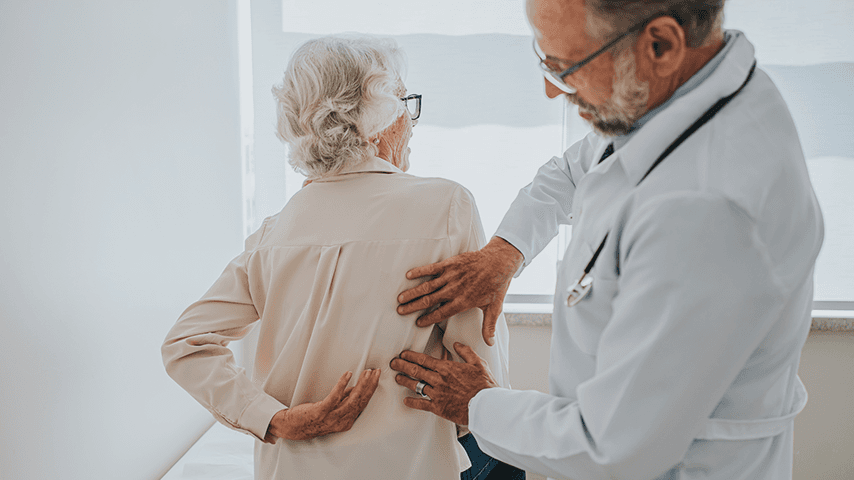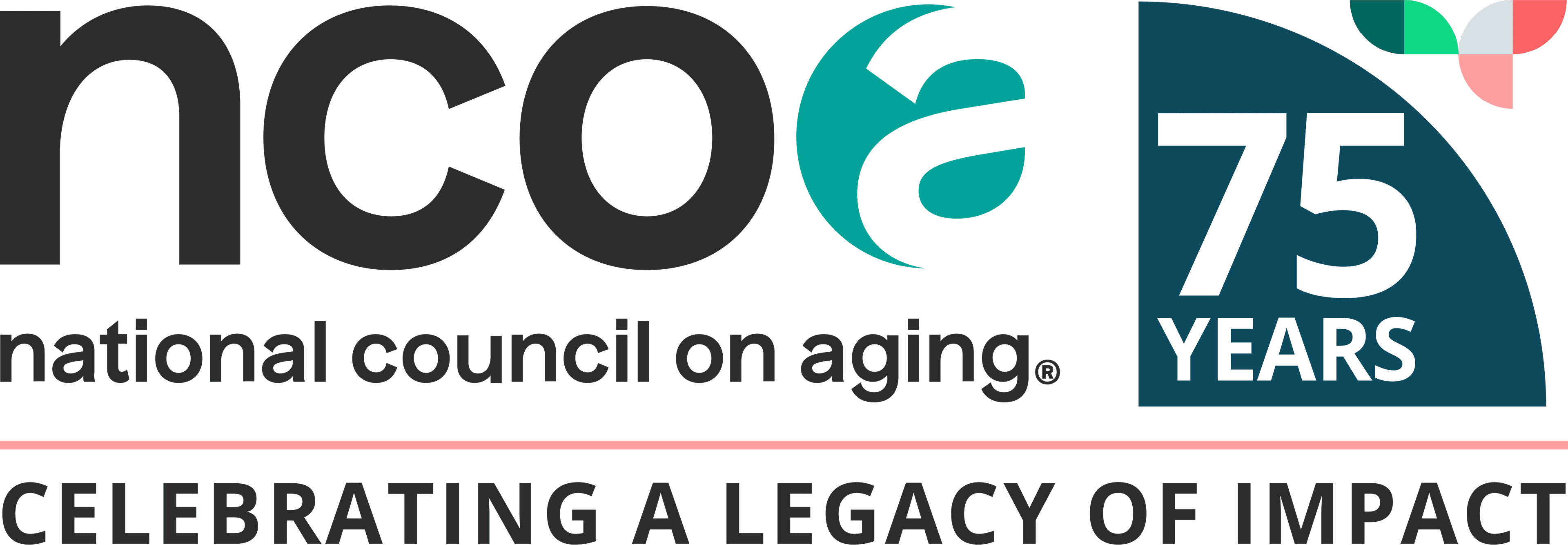
Related Topics
Back pain is one of the most common health complaints among adults. And as we grow older, the risk of developing chronic or recurring back pain rises significantly. Why does this matter for the 50+ crowd? An aching back is not just a nuisance; it can greatly interfere with our everyday quality of life.
The bright side is that when you know more, you can do more. Understanding the facts about back pain—including causes and remedies—will empower you to find lasting relief.
Back pain statistics: A global and national overview
Back pain is a major public health issue around the world. According to the World Health Organization (WHO), lower back pain affected about 619 million people globally in 2020—and that number is expected to reach 843 million by 2050. Lower back pain is more common after the age of 45. It tends to peak at 50-55 years of age, and women experience it at a higher rate than men.1
In the United States, the problem of back pain is just as widespread. Roughly 16 million American adults (8%) experience chronic back pain—the leading cause of missed days of work.2 Back pain is considered chronic when it lasts for three months or longer.
According to a National Health Interview Survey, the percentage of adults with back pain rises with age, affecting 45.6% of people age 65 and older compared to 35.2% of adults age 30 to 44.3
How back pain affects the lives of older adults
For older people, chronic back pain can be life-altering. It may lead to:
- Difficulty with mobility (e.g., walking, bending)
- Greater risk of depression, anxiety, and social isolation
- Higher health care and caregiving costs
Back pain may also impact how long people stay in the workforce, according to a Georgetown University Health Policy Institute survey. Among adults age 51 and older who were completely retired, one-third reported that poor health was very important in their retirement decision (compared to less than one-fifth of those without back pain). Also, among retired adults, people suffering from back pain felt less satisfaction with their retirement experience.4
Common back pain causes and risk factors in older adults
Getting the facts about back pain includes understanding what causes it. Below we explore some typical back pain risk factors for older adults:
- Degenerative disc disease: With aging, the discs that cushion the vertebrae in our spine begin to break down. This condition, known as degenerative disc disease, can lead to pain, stiffness, and reduced mobility. Most of us have some degree of degenerative disc disease after age 40, according to the Arthritis Foundation (though it does not always involve pain).
- Osteoarthritis: Another common issue in older adults, osteoarthritis can affect the joints in the spine and cause chronic inflammation and discomfort. Osteoarthritis affects about 33 million American adults.5
- Obesity: Carrying excess weight puts added pressure on the spine and joints, often leading to or worsening lower back pain, sciatica, and disc degeneration.
- Osteoporosis: People with osteoporosis have less bone density, leading to weaker bones that are more prone to painful compression fractures in the spine.
Other risk factors for back pain in older adults include smoking, high stress levels, chronically poor posture, and poor sleep.
How does lack of sleep make back pain worse?
An estimated 50-70 million Americans struggle with chronic sleep disorders.6 Why does this matter? Sleep and back pain are intertwined. Pain can make it harder to fall and stay asleep. And when you don’t get enough rest, your body has a harder time healing. Lack of quality sleep can also increase fatigue and heighten our perception of pain. This two-way relationship is known as the sleep-pain cycle.
Improving your sleep hygiene can help you better manage chronic back pain:
- Stick to a consistent sleep schedule as much as possible.
- Sleep on your side with a pillow between your knees to reduce lower back strain. Choose a mattress that supports your spine and helps distribute weight evenly (like one of our recommended mattresses for sciatica or best mattresses for back pain).
- Keep your bedroom quiet, cool, and dark. Create a soothing bedtime routine with relaxation techniques like stretching, deep breathing, or meditation.
How can older adults prevent and manage back pain? 3 tips
In addition to tightening up your nightly sleep habits, there are many other steps you can take to ease disruptive back pain:
- Stay active: Moving your body regularly can go a long way in helping you manage your back pain. Try low-impact aerobic activities like walking, swimming, or cycling to keep your muscles strong and improve circulation. Flexibility and core-strengthening routines (like yoga or Pilates) can support good posture and spinal health.
- Maintain a healthy weight: Excess weight strains the spine and may cause an unnatural curvature over time. We all benefit from following a balanced eating plan—one that’s rich in whole foods, lean proteins, vegetables, and healthy fats. Consider working with a dietitian to develop a plan that fits your needs.
- Explore different avenues for pain relief: There’s no universal, one-size-fits-all approach to managing back pain as an older adult. But it’s a good idea to explore non-invasive options before you rush into surgery—which can be high-risk, with no guarantee of success.
Some effective non-surgical options to try include:
- Physical therapy: A physical therapist will help you reduce stiffness and improve your everyday mobility. They’ll also teach you safe movement strategies that protect your back.
- Medications: Over-the-counter NSAIDs or prescribed medications may reduce inflammation and relieve pain—talk to your doctor about which option is best for you.
- Injections: Trigger point injections, epidural steroid injections, nerve blocks, and nerve ablations are commonly used to help manage chronic back pain when OTC medications and other remedies aren’t enough.
- Complementary therapies: Alternative treatments like acupuncture, massage therapy, and electrical nerve stimulation may help reduce chronic back pain. Research has shown moderate, immediate back pain improvement in patients undergoing acupuncture.
Don’t hesitate to consult more than one provider if you’re not getting the relief you need: “If your doctor has explored all diagnostic and treatment options they are comfortable with, consider seeking a second opinion from a back pain specialist,” Stephanie Van, MD, a back pain rehabilitation specialist, told Johns Hopkins Medicine.
Frequently asked questions (FAQs)
How common is chronic back pain in adults over 50?
Back pain is a frequent complaint among adults in the U.S. According to a National Health Interview Survey, the percentage of adults with back pain rises with age, affecting 45.6% of people age 65 and older.2
What types of exercise are best for older adults with back pain?
Gentle activities like walking, swimming, yoga, and core-strengthening routines are ideal. Regular exercise strengthens muscles, improves flexibility, and encourages better posture and movement. It also boosts blood flow, which can support healing and ease inflammation. Always check with your health care provider before starting a new program.
Does poor sleep truly make back pain worse?
Yes. Lack of quality sleep is an especially serious issue for people with musculoskeletal conditions like chronic back pain. It can heighten pain sensitivity, increase inflammation, and slow healing. Sleep deprivation also makes our muscles tense, which can intensify discomfort.
What’s more, poor sleeping positions create improper spine alignment, which put pressure on vertebrae and strain muscles. See the best sleep positions for back pain relief.
Sources
1. World Health Organization (WHO). Low back pain. June 19, 2023. Found on the internet at https://www.who.int/news-room/fact-sheets/detail/low-back-pain
2. Healthy Policy Institute. Chronic Back Pain. Found on the internet at https://hpi.georgetown.edu/backpain
3. CDC National Center for Health Statistics. Back, Lower Limb, and Upper Limb Pain Among U.S. Adults, 2019. July 2021. Found on the internet at https://www.cdc.gov/nchs/products/databriefs/db415.htm
4. GU Health Policy Institute. Chronic Back Pain. Found on the internet at https://hpi.georgetown.edu/backpain/
5. CDC. Osteoarthritis. January 26, 2024. Found on the internet at https://www.cdc.gov/arthritis/osteoarthritis/index.html
6. NIH. What Are Sleep Deprivation and Deficiency? Found on the internet at https://www.nhlbi.nih.gov/health/sleep-deprivation
